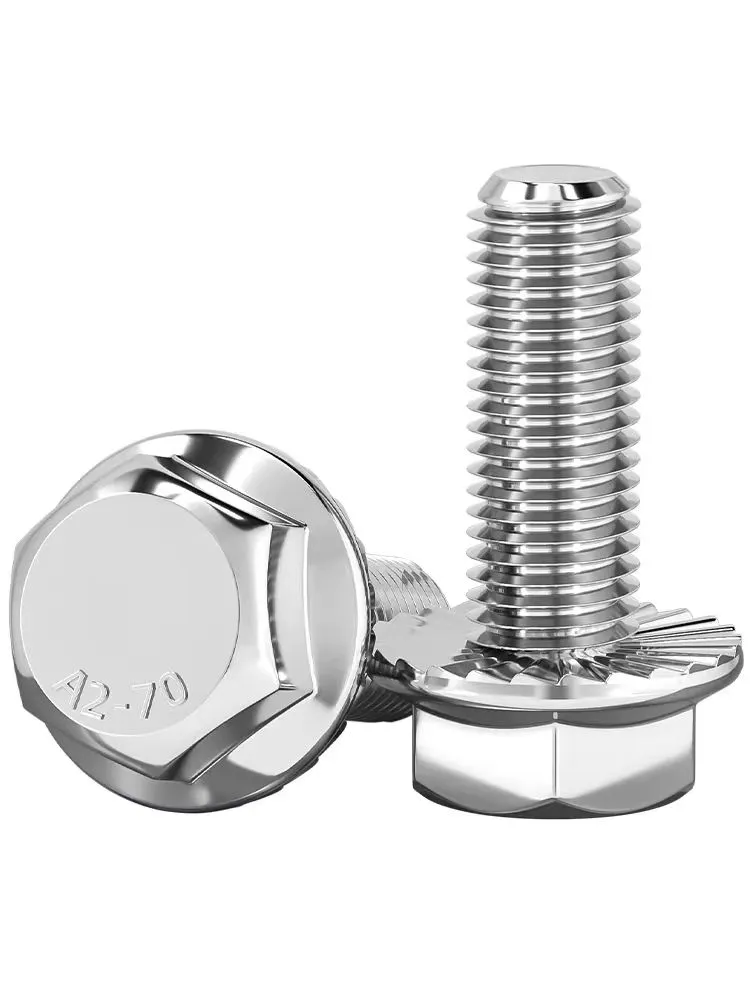

Fasteners Guide Bolts Nuts and Washers for Construction and Repairs
Nov . 06, 2024 10:18 Back to list
Fasteners Guide Bolts Nuts and Washers for Construction and Repairs
Understanding Studs, Bolts, Nuts, and Washers Essential Components in Engineering
In the world of engineering and construction, the importance of fasteners cannot be understated. Among the most common fasteners are studs, bolts, nuts, and washers. These components, though simple in appearance, play critical roles in ensuring the integrity and stability of structures, machines, and various assemblies. This article delves into each of these essential components, their functions, types, and applications.
Studs
A stud is a metal rod with threaded ends, often used to anchor one object to another, ensuring a strong, stable connection. Unlike bolts, which have a head, studs are typically inserted into a tapped hole and secured at each end with nuts. This design allows for flexibility in installation and removal. Studs are particularly vital in high-stress applications, such as in engines or heavy machinery, where sheer strength and resistance to vibrations are necessary.
There are various types of studs, including double-ended studs, which have threads on both ends, and single-ended studs, which have a thread on one end and a head on the other. Each type serves different purposes—double-ended studs are often used in situations where components need to be fastened on both sides of a material, while single-ended studs may be found in applications where one side remains unexposed.
Bolts
Bolts are one of the most versatile fasteners used in modern engineering. A bolt consists of a cylindrical body with threads and a head on one end. To secure an assembly, the bolt is usually placed through a pair of aligned holes in two or more parts, and then a nut is threaded onto the exposed end. The interaction of the threads provides a strong clamping force, holding the components together under tension.
Bolts come in a variety of grades and materials, each suited for specific environments and load conditions. For instance, higher-grade bolts made of carbon steel or stainless steel are utilized in applications where strength and resistance to corrosion are pivotal. Recognizing the right type of bolt for a job is crucial for the longevity and safety of the assembly.
stud bolt nut washer

Nuts
Nuts are the counterpart to bolts and are critical for creating a secure connection in any assembly involving these fasteners. Typically hexagonal in shape, a nut features internal threads that match the external threads of a bolt. When a bolt is inserted through material and tightened with a nut, the forces generated secure the assembly tightly together.
The types of nuts vary widely, including hex nuts, lock nuts, flange nuts, and more, each designed to meet specific requirements. For example, lock nuts have a mechanism that resists loosening due to vibration, making them ideal for automotive applications. Flange nuts, on the other hand, have a wider base that distributes the load over a larger area, reducing the risk of damage to softer materials.
Washers
Washers are often overlooked in discussions about fasteners but serve vital roles in enhancing the performance of studs, bolts, and nuts. A washer is a flat disc with a hole in the center, used to distribute the load of a fastener, prevent loosening, and protect surfaces from damage due to friction. There are several types of washers, including flat washers, spring washers, and locking washers, each serving unique functions.
Flat washers provide a smooth bearing surface, while spring washers can absorb shock and prevent loosening. Lock washers are designed to provide additional friction, helping to secure the assembly against vibrations. The choice of the right washer is essential in prolonging the life of fasteners and maintaining the integrity of connections.
Conclusion
Studs, bolts, nuts, and washers are fundamental components in the realms of construction and manufacturing. While they may seem simple, their correct application is critical for the safety and durability of various structures and mechanisms. Understanding the unique properties and functions of each component leads to better design choices and more robust assemblies. In engineering, the smallest details often have the most significant impact, making it essential to appreciate and correctly utilize these versatile fasteners. Whether in residential construction, heavy machinery, or intricate aerospace designs, studs, bolts, nuts, and washers are the unseen heroes that keep our world together.
Latest news
-
High-Strength Hot Dip Galvanized Bolts - Hebei Longze | Corrosion Resistance, Customization
NewsJul.30,2025
-
Hot Dip Galvanized Bolts-Hebei Longze|Corrosion Resistance&High Strength
NewsJul.30,2025
-
High-Strength Hot-Dip Galvanized Bolts-Hebei Longze|Corrosion Resistance&High Strength
NewsJul.30,2025
-
Hot Dip Galvanized Bolts-Hebei Longze|Corrosion Resistance&High Strength
NewsJul.30,2025
-
Hot Dip Galvanized Bolts - Hebei Longze | Corrosion Resistance, High Strength
NewsJul.30,2025
-
High-Strength Hot Dip Galvanized Bolts-Hebei Longze|Corrosion Resistance, Grade 8.8
NewsJul.30,2025

